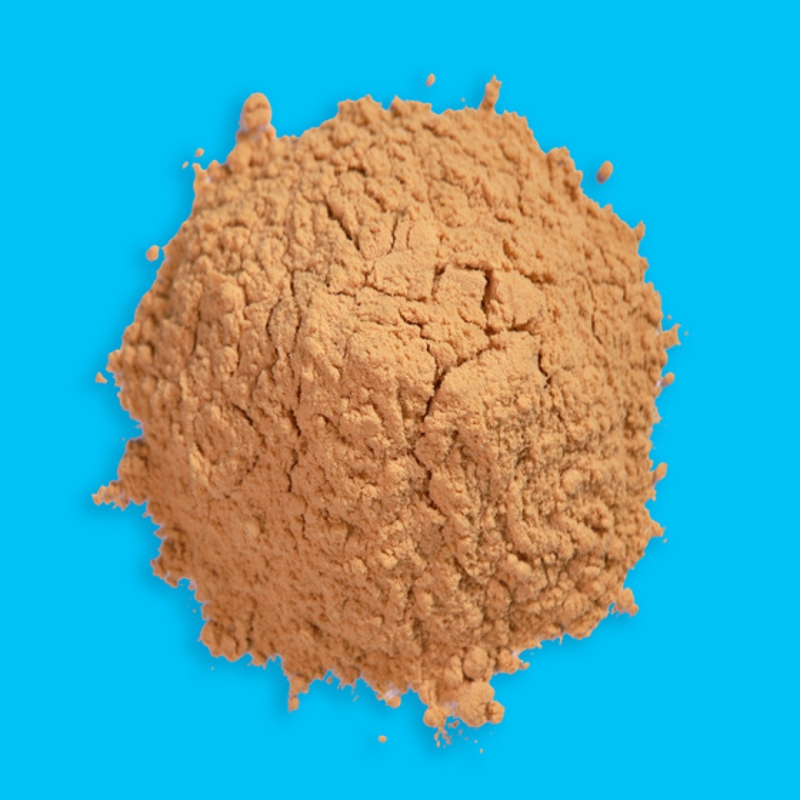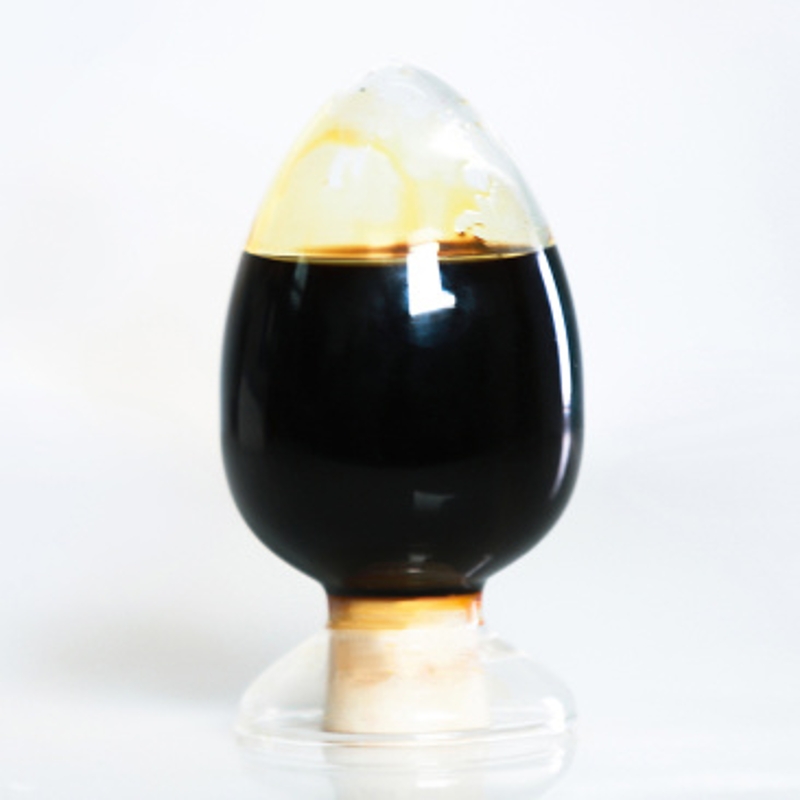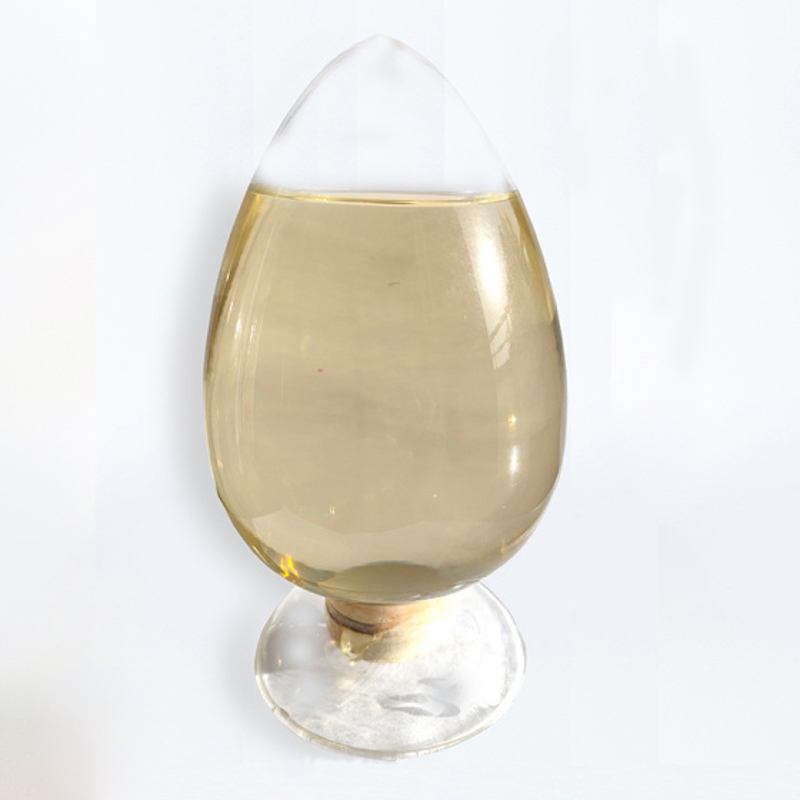-
Categories
-
Pharmaceutical Intermediates
-
Active Pharmaceutical Ingredients
-
Food Additives
- Industrial Coatings
- Agrochemicals
- Dyes and Pigments
- Surfactant
- Flavors and Fragrances
- Chemical Reagents
- Catalyst and Auxiliary
- Natural Products
- Inorganic Chemistry
-
Organic Chemistry
-
Biochemical Engineering
- Analytical Chemistry
- Cosmetic Ingredient
-
Pharmaceutical Intermediates
Promotion
ECHEMI Mall
Wholesale
Weekly Price
Exhibition
News
-
Trade Service
Quality requirements for plasters: plasters include gel plaster (formerly Babu plaster or gel plaster) and rubber plaster (original rubber plaster).
(1) Check the amount of paste
1.
2.
(1) Rubber paste (check according to the first method): Take 2 pieces of the test sample (35cm² for each piece with an area greater than 35cm²), remove the cover lining, accurately weigh it, place it in a glass container with a cover, and add an appropriate amount Soak in an organic solvent (such as chloroform , ether, etc.
(2) Gel plaster (check according to the second method): Take 1 piece of the test sample, remove the cover lining, accurately weigh it, place it in a beaker, add an appropriate amount of water, heat and boil until the backing is separated from the paste, and use Take out the backing with tweezers, wash it with water until there is no residual paste on the backing, dry it, dry it at 105°C for 30 minutes, place it in a desiccator, cool for 30 minutes, and accurately weigh it.
3.
(1) Wash the backing and paste with organic solvents in a fume hood
(2) Each piece of rubber paste with an area larger than 35cm² should be cut out of 35cm²
4.
5.
(1) Record the model of the analytical balance
(2) Weighing data and paste weight of the test product
(3) Calculate the paste content of the test product
(2) Heat resistance inspection
1.
(1) This law is applicable to the heat resistance test inspection of rubber paste.
(2) The heat resistance of the gel patch is not checked
2.
Method of operation Take 2 pieces of the test product, remove the cover, put it in a flat glass container, heat it in an oven at 60°C for 2 hours, after cooling, there should be no oil leakage on the back of the paste; the surface of the paste should be shiny, use your fingers The touch should still be sticky
.
3.
Matters needing attention Place a bright place to observe the phenomenon of oil leakage on the paste surface
.
4.
Results and Judgment If there is no oil leakage on the back of the paste and the surface of the paste is shiny, it is still sticky by touching it with your fingers, it should be judged as conforming to the regulations
.
5.
Record the number of test pieces, temperature, time and observed phenomena
.
(3) Formality inspection
1.
Brief description
(1) This method is applicable to the shape inspection of gel plaster, with the purpose of controlling the shape of the plaster to ensure the quality of the medicine
.
(2) The shape of rubber plaster is not checked
.
2.
Operation method Take 1 piece of the test product, place it in a constant temperature and humidity box at 37°C with a relative humidity of 64% for 30 minutes, take it out, and fix the test product on a flat steel plate with a clamp.
The angle of inclination between the steel plate and the horizontal plane is 60.
℃, placed for 24 hours, the paste surface should not flow
.
3.
Matters needing attention After adjusting the constant temperature and humidity box to the specified temperature and relative humidity, put the sample in and start to calculate the time
.
4.
Results and Judgment If there is no flow of the paste on the surface, it shall be judged as conforming to the regulations
.
5.
Record
(1) Record the number of test pieces, temperature, relative humidity and time
.
(2) Record the observed phenomena
.
(4) Adhesion inspection
Unless otherwise specified, the gel patch shall conform to the relevant regulations under each category in accordance with the determination of the adhesive force of the gel patch according to the adhesive force determination method (General Rule 0952 First Method)
.
The rubber plaster shall be measured according to the adhesive force measurement method of plaster (General Rule 0952 Method 2), and shall comply with the relevant regulations under each category
(5) Content uniformity inspection
Unless otherwise specified, the gel plaster shall be determined according to the content uniformity inspection method (General Rule 0941) and shall meet the requirements
.
(6) Microbial limit inspection
Unless otherwise specified, the plaster shall be inspected according to the microbial limit of non-sterile products: the microbial count method (General Rule 1105) and the control bacteria inspection (General Rule 1106) and the microbiological limit standard of non-sterile drugs (General Rule 1107) shall meet the requirements
.
The rubber plaster shall not detect Staphylococcus aureus and Pseudomonas aeruginosa per 10cm²
.
Related link: Inspection method of coating agent







